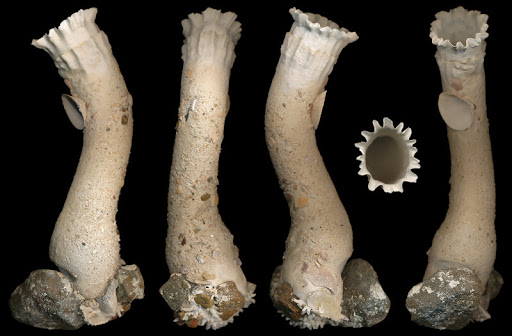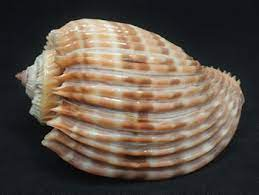Those amazing mollusks (or do we spell it molluscs?)
Slug, Snail or Clam?
It seems simple, just count the number of shells, none for slug, one for gastropod/snail and two for bivalve. But not always that simple.
- Sea Hare. A gastropod/snail. The shell is entirely internal, and can take any of the shapes shown at right. One sea hare species can reach a weight of 14 kg, making it arguably the largest gastropod species.
- Cryptella canariensis. A semi-slug. “semi-slugs are land gastropods whose shells are too small for them to retract into, but not quite vestigial”. According to wiki, there are twice as many species of semi-slug as species of slug.

- Cavolinia tridentata. A sea butterfly, and therefore a free-swimming snail.
- Julia exquisita. A bivalved gastropod. Originally classivied as a bivalve/clam, this is now reclassified as a member of the gastropods/snails.
- Ephippodonta. A bivalve that walks around on its foot like a gastropod.


